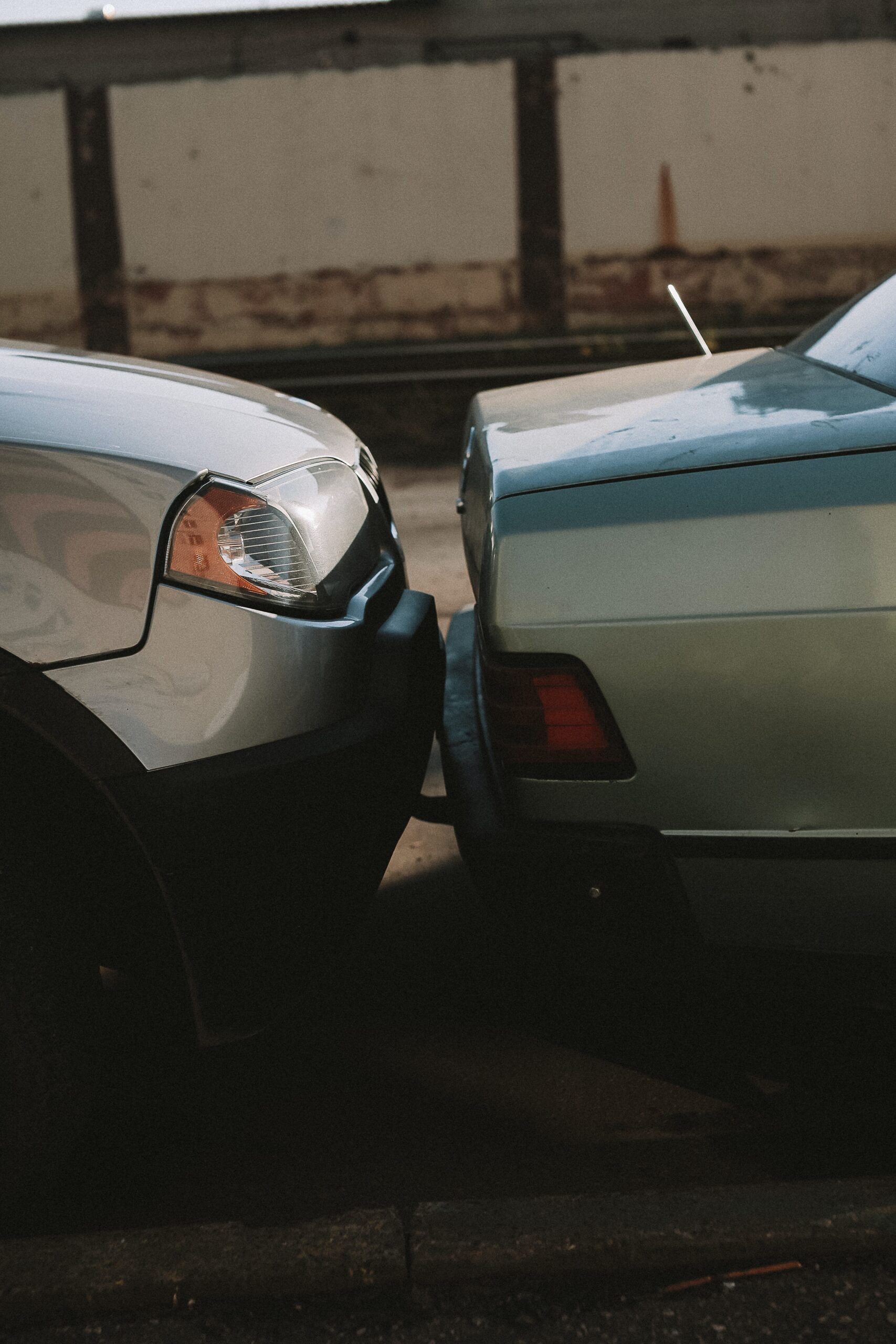Many times, the issue of who was at fault in an automobile accident or other liability incident is pretty cut and dry.
Take a rear-end crash for example; in those situations, it’s pretty clear-cut that the driver who crashed into the back of another person’s car is at fault.
In fact, in Florida, most rear-end collisions are rebuttably presumed to be the fault of the driver who rear-ended the car ahead of it. (Rebuttable because there are always going to be exceptions.)
There are, however, situations where both drivers or both involved parties may bear some responsibility for the accident and/or the resulting injuries.
This can happen under circumstances such as the following:
- You were unbelted at the time of the crash.
- You were riding your motorcycle without a helmet.
- Your were wearing shoes that made you more susceptible to tripping or slipping and falling.
A change to the rules after half a century
Fortunately, even if you bear some responsibility, all is not lost.
Florida, like nearly all states, adheres to a comparative fault rule. Put simply, comparative fault reduces the damages you can recover by the percentage of fault that you bear responsibility for your resulting injuries or potentially eliminates your right to recover altogether.
Not meant to be mysterious, just to explain that the rules have changed as to what happens if an injured person bears some responsibility for his injuries.
For 50 years (up until March 2023), Florida was a pure comparative negligence state.
That meant that even if you were almost entirely at fault, you could still recover something from the other at-fault party. So, for example, even if you were 99% responsible for causing the accident/incident leading to your injuries, you could recover against the other at-fault party, though you could only recover your damages.
Prior to that, Florida followed the common law rule of contributory negligence, which entirely barred your ability to recover if you were also negligent, even just a tad.
Thus, even if the other party was 99% at fault for negligently causing you injury, that you were 1% negligent prevented you from recovering anything at all! Thankfully, only a couple of states still adhere to this draconian rule.

What comparative fault looks like
Effective March 24, 2023, that has changed! Florida now follows a modified comparative fault rule.
Translated, your ability to recover is completely barred once your own actions or inactions put you more than 50% at fault. That is to say that if a jury finds that you were more than 50% at fault, ALL IS LOST.
This puts Florida in alliance with the law that a majority of states observe where recoveries are barred for parties who, depending on that state’s cut-off, are either 50% or 51% at fault.
Let’s illustrate:
- You are 25% at fault, you are entitled to 75% of your resulting damages.
- You are 50% at fault, you are entitled to 50% of your resulting damages.
- You are 51% at fault, you are entitled to NOTHING (even though the other party is 49% responsible for your injuries and damages).
As with any accident, but particularly ones in which there may be an issue of comparative fault, gathering information is important. Taking pictures at the scene and gathering the names and contact information of witnesses can be especially useful.
Ultimately, if you’ve been involved in an accident where a comparative fault argument could be made, let the experienced personal injury attorneys at Luhrsen Goldberg help you navigate through and advocate for you so as to get you the maximum recovery possible under the circumstances.